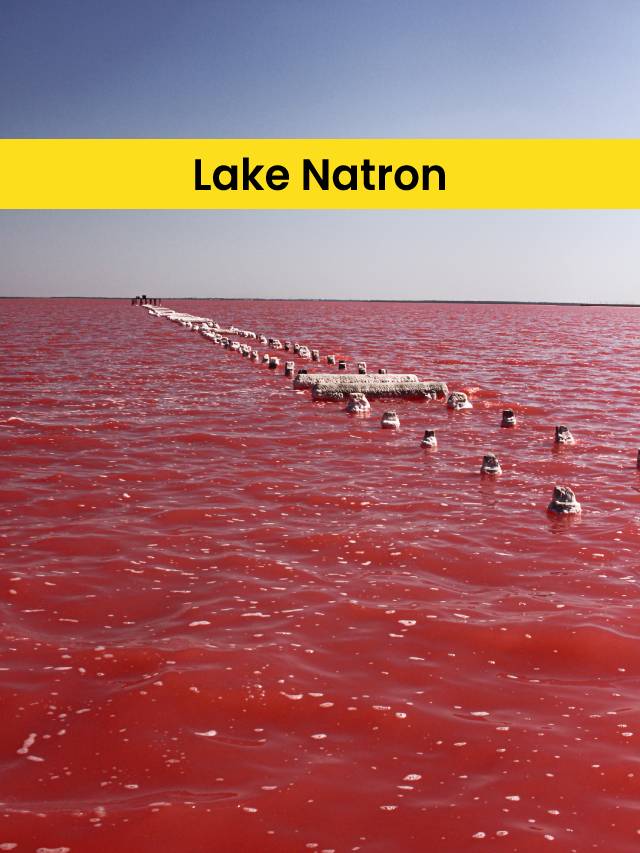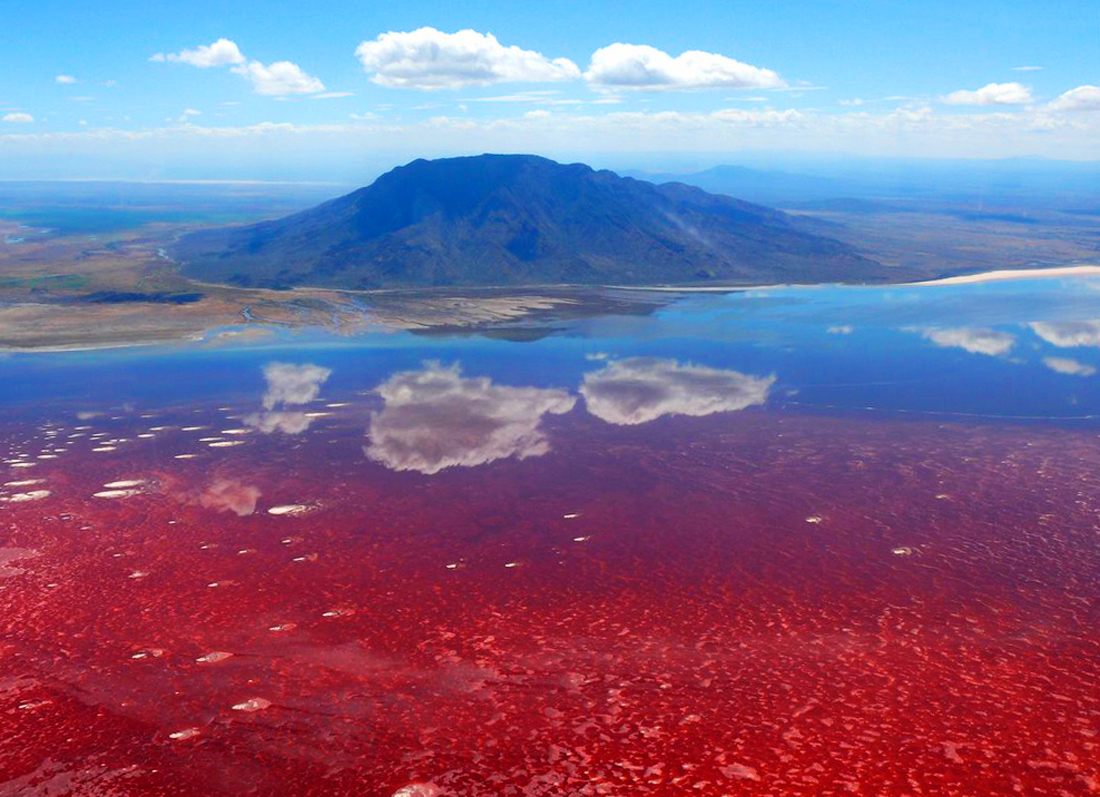

There are variety of activities to be done in Lake Natron during Tanzania safari tour. As such, efforts are being made to study and preserve this unique natural wonder for future generations to enjoy. However, it is also a fragile ecosystem that is under threat from human activity and climate change. Lake Natron has become a subject of fascination for scientists and tourists alike, as its extreme conditions have created a rare and otherworldly environment. This has led to some eerie sights, including the preserved remains of flamingos and other birds that have been petrified by the lake’s unique conditions, Facts About Lake Natron The high alkalinity of the water, combined with the arid climate of the region, can effectively “mummify” the corpses of animals that fall into the lake. The mystery of Lake Natron lies in its ability to preserve the bodies of animals that die in or near the lake. The lake has a reputation for being a “deadly” body of water, as its pH levels are so high that they can be fatal to most forms of life, including fish and birds.

On their safari in Tanzania, visitors to the lake are advised to observe from a safe distance and follow any guidelines or restrictions set in place to protect the fragile ecosystem. In short, it is not safe to jump into Lake Natron without proper protective equipment and training. Additionally, the lake is home to a variety of extremophile organisms, including certain types of bacteria that can be harmful to humans. The high salt content of the water can also cause dehydration and damage to the respiratory system if ingested or inhaled.
Lake natron tanzania facts skin#
The lake has a pH level of around 10.5, which is highly alkaline and can cause chemical burns and severe irritation to the skin and eyes.

Jumping into Lake Natron is not recommended, as the high alkalinity and salt content of the water can be extremely hazardous to human health. What happens if you jump into Lake Natron? During the rainy season, the lake can become diluted and the color may appear less intense. The red color of Lake Natron is most pronounced during the dry season when the water levels are low and the concentration of salt and minerals is highest. The combination of high alkalinity, high salinity, and mineral content create an extremely hostile environment that few organisms can tolerate. In addition to the halophilic bacteria, the lake also contains high levels of minerals such as sodium carbonate, which further contribute to its red hue. These bacteria produce a red pigment called bacteriorhodopsin that gives the lake its characteristic red color. Lake Natron is red because of the presence of a type of bacteria called “halophilic” or “salt-loving” bacteria that thrive in the highly saline and alkaline conditions of the lake. Visitors can view the lake from a distance or take guided tours with trained guides. Lake Natron is a popular Tanzania safari destination for photographers and nature enthusiasts, but access to the lake is restricted to protect the fragile ecosystem. The lake is also an important breeding ground for lesser flamingos, which feed on the algae and small invertebrates that thrive in the lake’s waters. The lake is also known for its high alkalinity, with a pH of around 10.5, which is highly inhospitable to most forms of life.ĭespite its harsh environment, Lake Natron is home to a unique ecosystem of extremophile organisms, including certain types of algae and bacteria that are able to survive in the highly alkaline water. One of the most distinctive features of Lake Natron is its bright red color, which is caused by the high concentration of salt and minerals in the water. The lake is fed by mineral-rich hot springs and a small river, but has no outlet, so water can only leave the lake through evaporation. It is a shallow lake with a maximum depth of around 3 meters (10 feet) and covers an area of about 58 square kilometers (22 square miles). Facts About Lake Natron : Lake Natron is a Salt Lake located in northern Tanzania, near the border with Kenya.


 0 kommentar(er)
0 kommentar(er)
